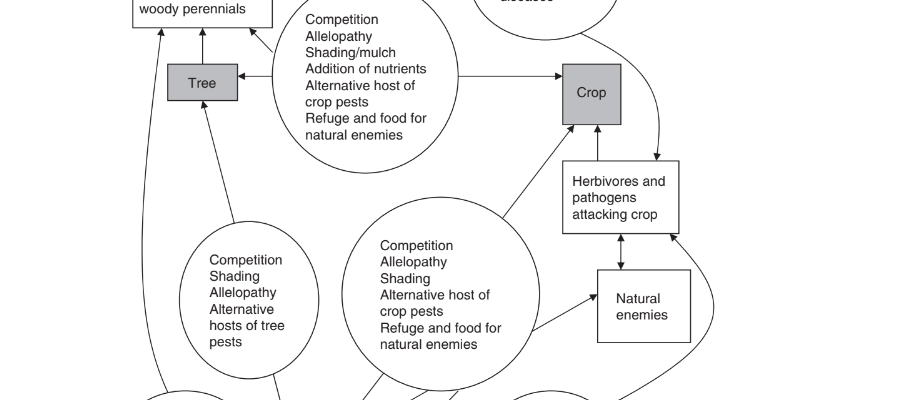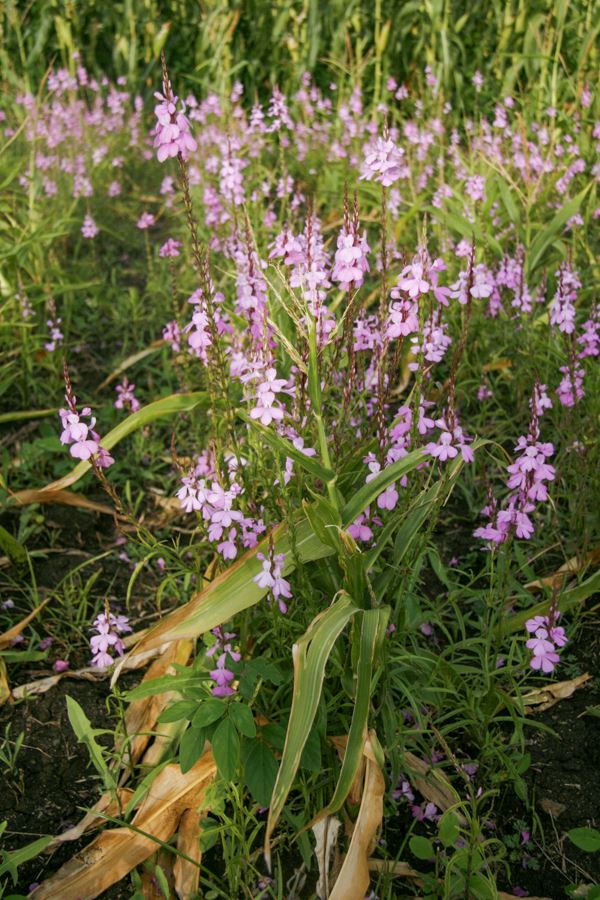Under the International Plant Protection Convention, a pest is defined as any species, strain, or biotype of plant, animal, or pathogenic agent injurious to plants or plant products (ISPM, 2006). The coverage of this definition includes weeds and other species that have indirect effects on plants. This definition also applies to the protection of wild flora that contribute to the conservation of biological diversity. Unless otherwise stated, throughout this chapter the term ‘‘pest’’ refers to weedy plants and parasitic higher plants, plant pathogenic organisms (viruses, bacteria, mycoplasma, fungi), plant parasitic or pathogenic nematodes, arthropods (herbivorous mites and insects), and vertebrate pests (herbivorous birds and mammals) that affect trees and associated crops in agroforestry.
Authors: G. Sileshi, Götz Schroth, Meka R. Rao, and H. Girma
Contact address: sileshigw@gmail.com
Institution: /
Twitter name of the institution: /
Twitter link: /
Available downloads:
Weeds, Diseases, Insect Pests, and Tri-Trophic Interactions in Tropical Agroforestry


